Affiliate links on Android Authority may earn us a commission. Learn more.
Microsoft and mobile: Can it stop shooting itself in the foot?
June 27, 2018

“Nah, it doesn’t have real multitasking, but it’s such a polished platform. Hopefully, the apps will come,” I told friends back in 2011 when I showed them my seeded Samsung Omnia 7, running Windows Phone 7.
“Yeah, the platform doesn’t support Full HD screens or quad-core processors like Android, but the photos are phenomenal. And there are a few neat apps,” I told friends when showing them the Lumia 1020 review unit, running Windows Phone 8.
“There are fewer apps, it has less polish, I still can’t turn off the phone when charging, and there’s a persistent bug in the camera app. I don’t love Windows Phone anymore,” I told industry peers months after buying the Lumia 950 with Windows 10 Mobile.
I felt like one of the few people who saw potential and took a chance on Windows Phone, only to watch as the company gave up. I shouldn’t be surprised, because Microsoft squandered its mobile opportunities in a massive way over the years. It wasn’t merely the Android and iOS duopoly that killed Microsoft’s mobile ambitions. Google and Apple gave a knife to Microsoft, then the Redmond company tripped and fell on it, got up and tripped again.
Platform reboot after platform reboot
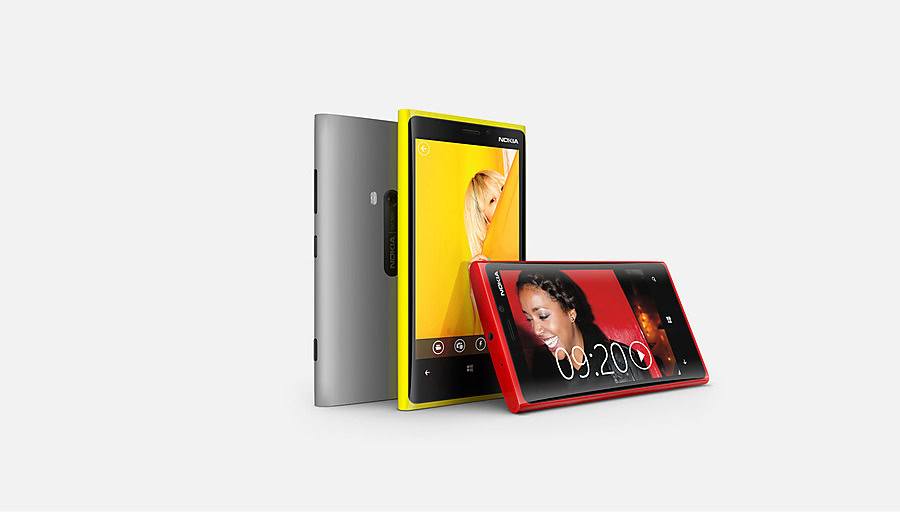
Windows Mobile challenged BlackBerry and Symbian for supremacy in the early days of the smartphone industry. But fast-forward to 2009/2010 and it was abundantly clear that a redesign was needed. After all, Windows Mobile was basically Windows shoehorned on a phone, rather than a touch-friendly platform made with phones in mind (see Android, iOS).
The company left Windows Mobile owners in the dark when launching Windows Phone 7 in 2010, forcing them to buy new devices instead. It marked the first major reboot for Microsoft’s mobile ambition — it wouldn’t be the last. Nevertheless, the HTCHD2 Windows Mobile handset showed it was possible to run Windows Phone 7 (and then some).
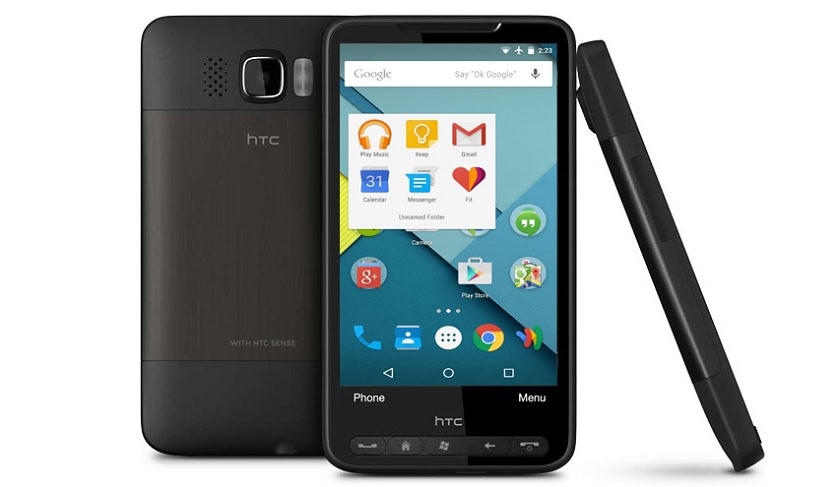
Fast-forward two years and Microsoft decided another clean break was needed to get Windows 8 and Windows Phone on the same page. The jump to Windows Phone 8 was especially painful for Lumia 900 owners in the U.S., finding out their Windows Phone 7 handset was obsolete roughly three months after the device was launched.
The company seemed to learn its lesson with Windows Phone 8.1 and Windows 10 Mobile, as many existing phones supported these updates. But Windows 10 Mobile on the Lumia 950 may have been the single worst out-of-the-box experience I’ve ever had, taking hours to download system updates, experiencing major glitches in the app store, and restarting at random. Clearly, most of the testers were fired during Windows 10 Mobile’s development.
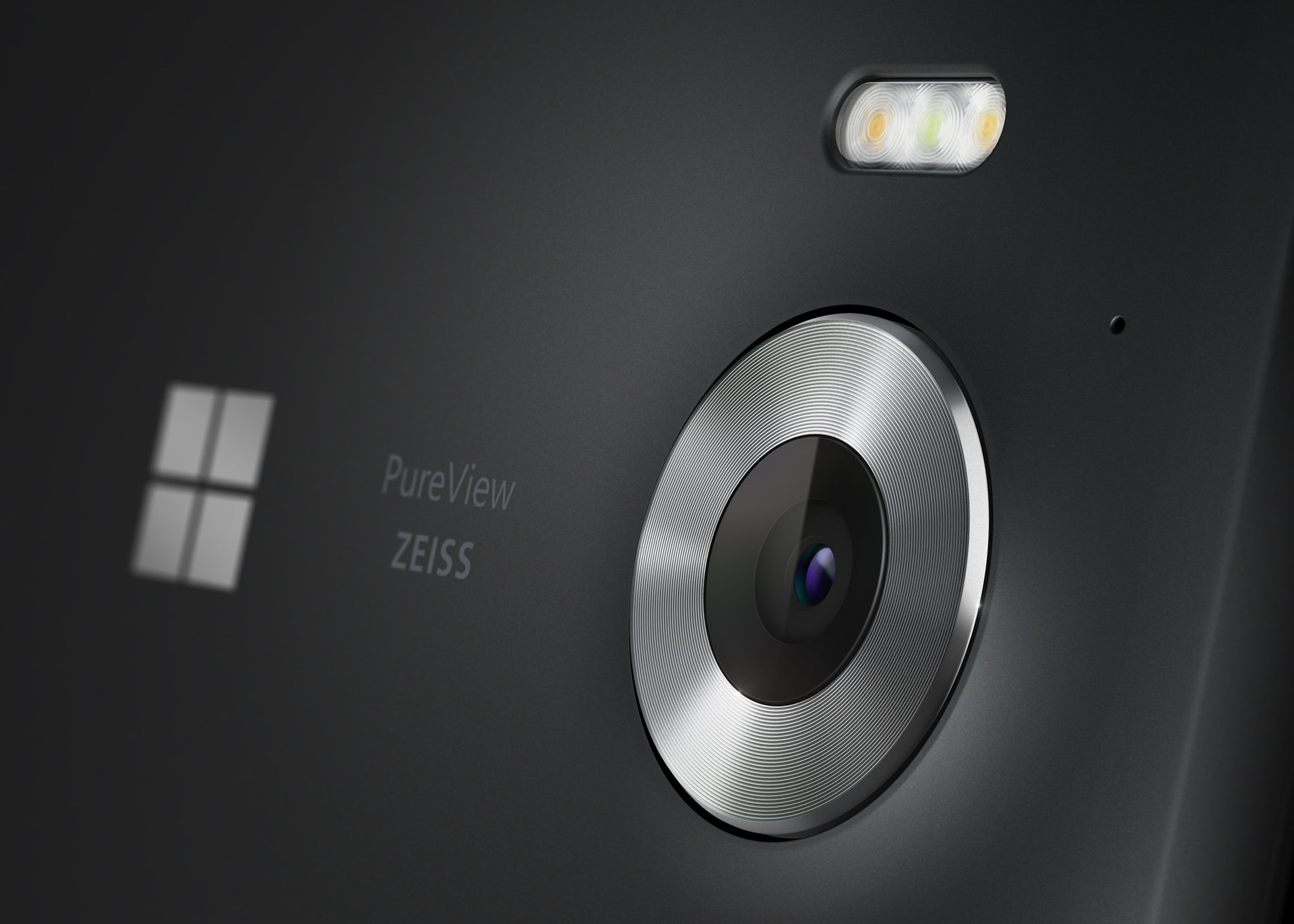
To be fair, Microsoft eventually delivered a solid OS through a commendable commitment to regular updates — until they decided to kill feature updates last year.
Another Windows 10 Mobile disappointment was Continuum for Phones, giving you a Windows 10-style desktop mode when outputting to a screen. Unfortunately, the few remaining developers and consumers (viewing the Microsoft Store as a wasteland) had long ditched the store by then.
It didn’t hurt that both Samsung and Huawei’s desktop modes were arguably better than Microsoft’s take, delivering more apps, for one. And with Samsung working to bring Linux distributions to DeX, it’s clear the Korean company is committed to the platform for now.
The ever-present app gap
Of course, the so-called app gap is a big reason why Microsoft’s platform failed. When announcing the end of feature updates and devices for Windows 10 Mobile, former Microsoft exec Joe Belfiore specifically pointed to this factor.
Belfiore, who was seen as the face of Windows Phone, tweeted that the Redmond firm paid for apps and even developed apps on behalf of companies in a bid to narrow the gap.
We have tried VERY HARD to incent app devs. Paid money.. wrote apps 4 them.. but volume of users is too low for most companies to invest. ☹️ https://t.co/ePsySxR3LB— Joe Belfiore (@joebelfiore) October 8, 2017
The rise of progressive web apps (essentially web apps 2.0) should’ve helped out Windows 10 Mobile in a big way. Web apps don’t require the resources of a native app anyway and work on a variety of devices. But the platform lacks full support for progressive web apps, reportedly missing features like notifications and offline caching in Microsoft Edge.
Microsoft and device agnosticism
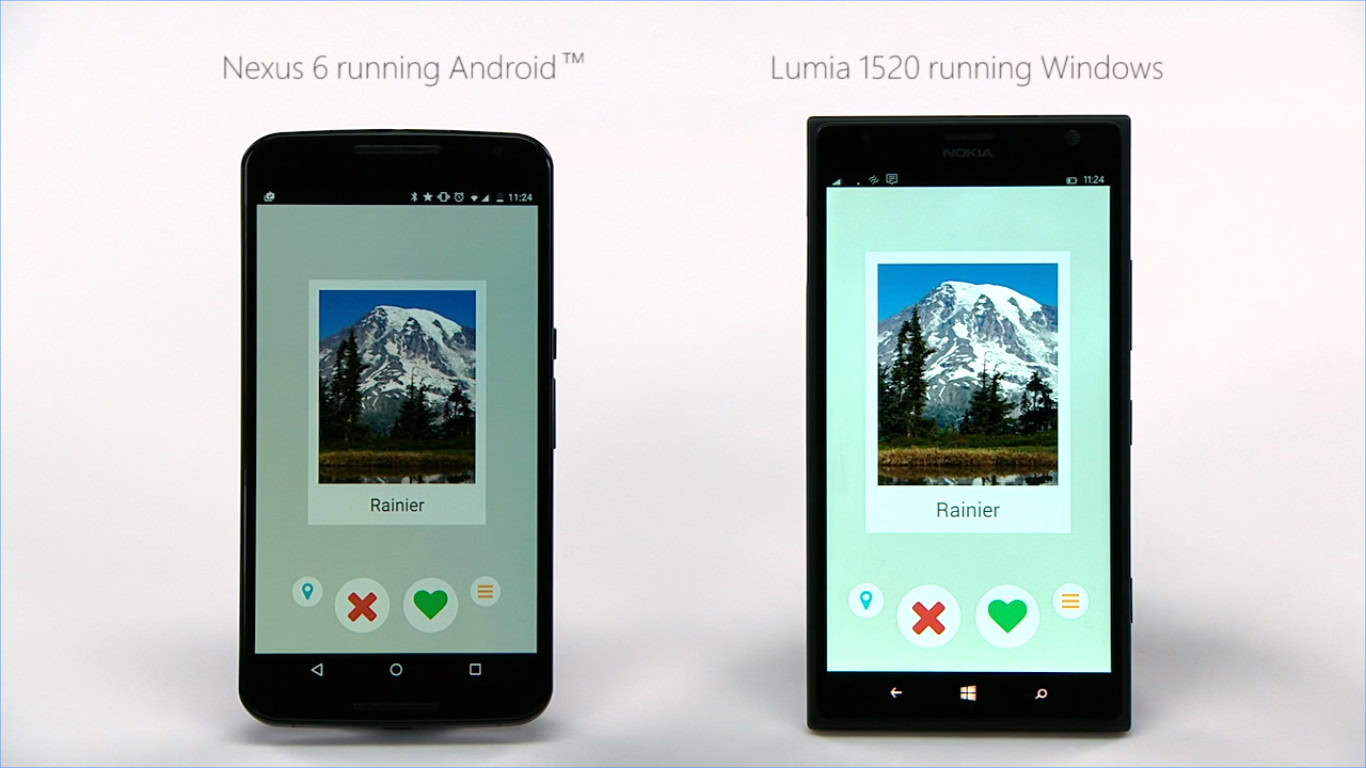
Microsoft has had a complicated history with other mobile platforms, especially as it sought to give Windows Phone a push in the early days. It nevertheless delivered several apps for Android back then, even when Google refused to do the same for Microsoft (hi, YouTube).
Heck, Microsoft even implemented a framework to allow for Android apps in Windows 10 Mobile previews (dubbed Project Astoria). It made for a great experience too, until the company decided to pull it, citing developer confusion. No, it wasn’t because the few remaining Windows Phone developers got upset that people were sideloading Android apps.
More recently, under Satya Nadella and Terry Myerson, the company championed a device-agnostic approach to its apps and services. Aside from its core offerings (Office, OneDrive etc), we got Microsoft’s niche but nifty Garage apps, welcome cross-platform synchronization with PCs, and the Microsoft Launcher for Android.
It also delivered several apps for Android and iOS following Windows 10 Mobile’s launch (such as those Garage apps), but skipping its own platform in the process. It was a bitter pill to swallow, as fans realized Microsoft lost faith in its own creation. Nevertheless, it seemed like the Redmond company was ready to embrace Apple and Google’s mobile platforms.
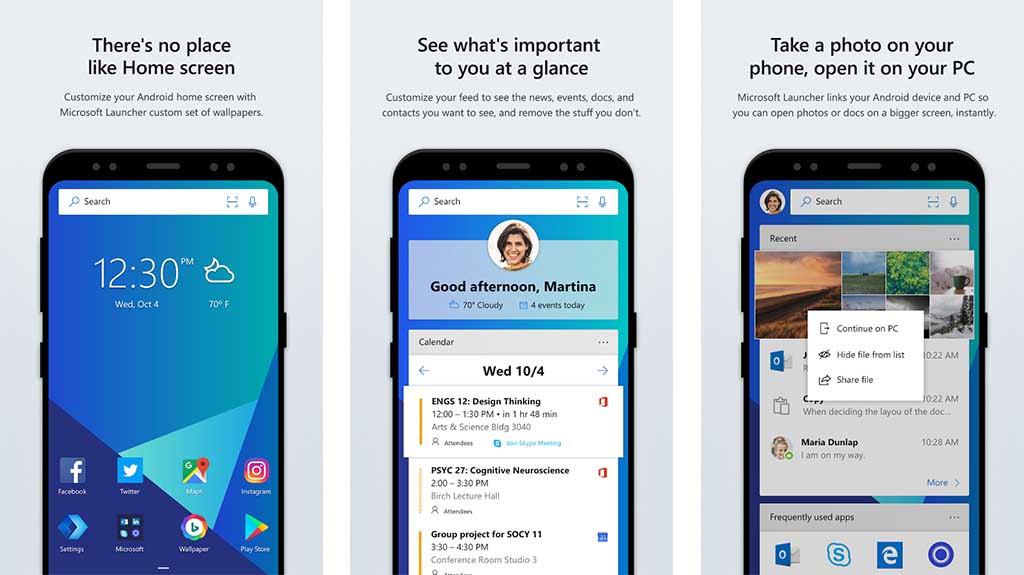
Another source of frustration is that Microsoft is sitting on plenty of cool apps/tools gained from its Nokia acquisition, and it’s doing nothing with them right now. Well, it’s licensing out the Pro Camera UI and classic phone designs to HMD, but that’s about it.
Instead, we have Lenovo and others swiping legacy Windows Phone/Lumia features like color pop functionality and cinemagraphs. Microsoft has had the chance to deliver these features (and others, like the well-received Lumia Camera app, Creative Studio, and more) to Android or iOS — but, again… squandered opportunities.
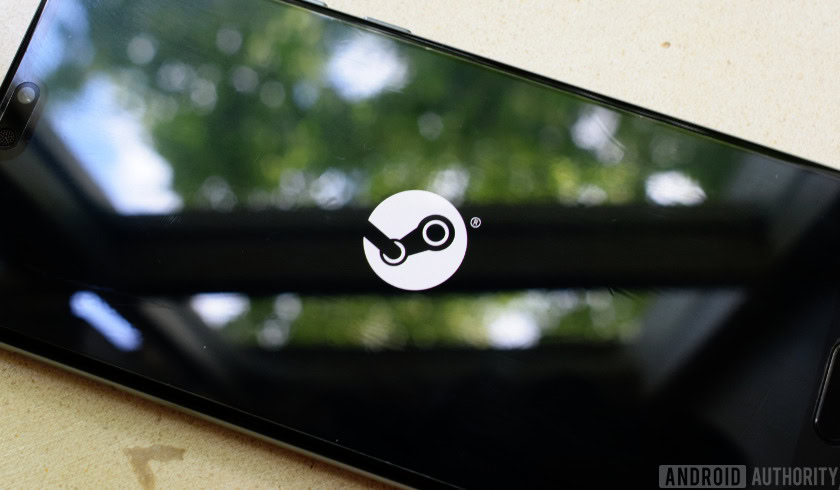
Even now, Microsoft has failed to actually deliver a game-streaming service so users can play their Xbox One games on their phone via a local network. Instead, it watched as Steam delivered the Steam Link app to Android and iOS, allowing PC gamers to stream titles to their phones. We know the Xbox-to-mobile feature is actually available and works, because it was possible on Windows 10 Mobile via an unreleased internal app. It worked well when I tried it out back in 2016, so what’s the excuse?
The company also made a big song and dance about bringing Windows 10 Mobile ROMs to other phones, starting (and eventually ending) with the Xiaomi Mi 4 in 2015. It would’ve been super niche, but a Windows 10 Mobile ROM for Android (with Project Astoria for APK support) would’ve been a fun alternative to other Android ROMs.
Where to next for Microsoft?

It seems like every month we have a new rumor of Microsoft and/or partners working on a hybrid mobile/laptop device of sorts. Whisperings of a new device have also been spurred on by Microsoft’s own patents and statements. In the case of the latter, CEO Satya Nadella claimed last year that Microsoft would make more phones, but that they “will not look like phones that are here today.”
It feels like a “boy who cried wolf” situation. After all, how many times have we heard Surface Phone rumors? But there are numerous rumors of an Andromeda device or platform, believed to be a foldable tablet/phone device akin to Microsoft’s canceled Courier tablet. So what makes this different from the ill-fated Surface RT and Windows RT, then?
Well, the pieces of the puzzle are finally coming together, as Windows 10 now supports Arm processors (as opposed to Intel and AMD’s x86 chips).
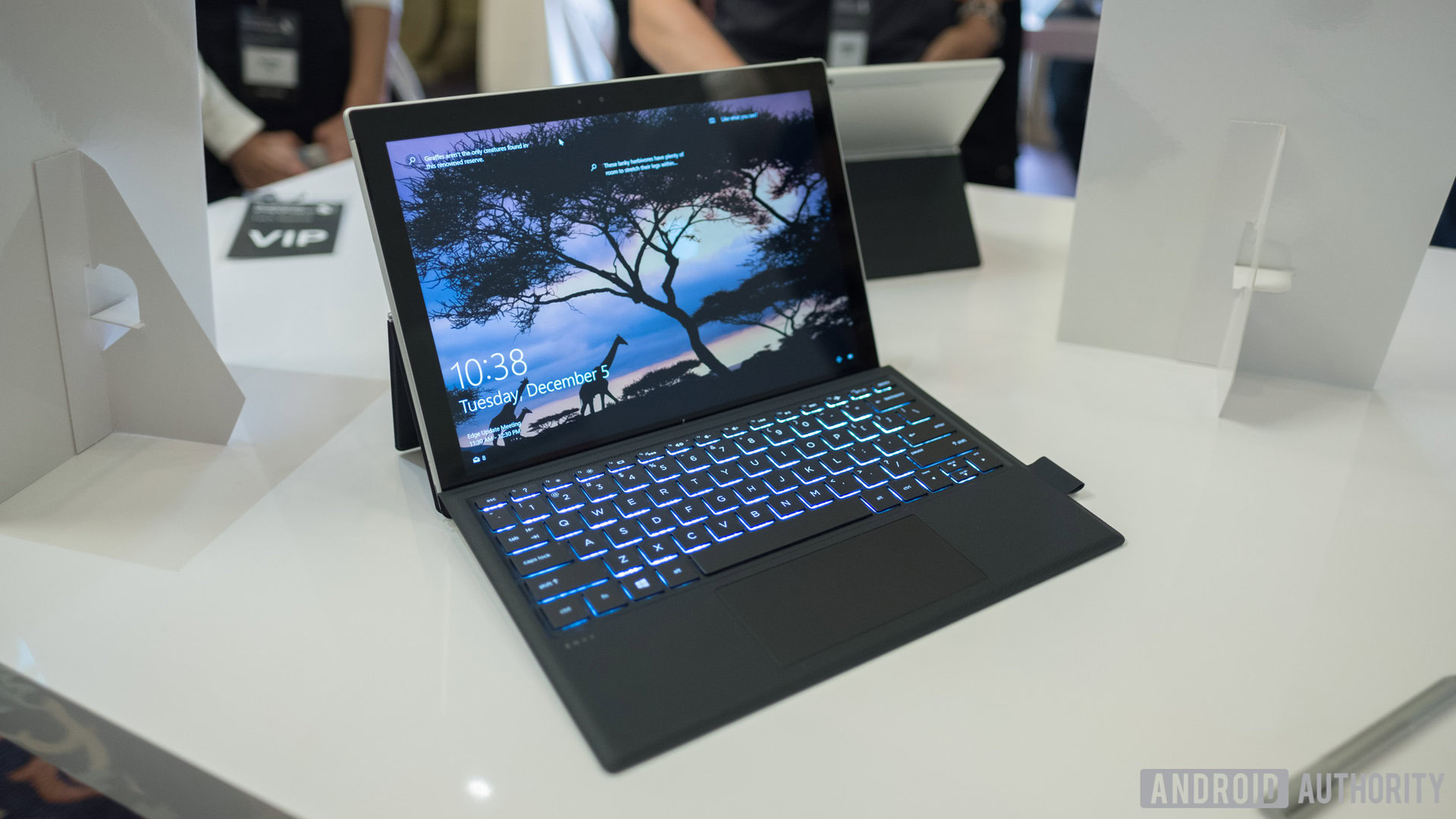
Microsoft has made Arm support a top priority for Windows 10, allowing manufacturers to use power-efficient Qualcomm Snapdragon processors. The first Windows 10 devices with mobile-focused Snapdragon chips were launched earlier this year, but reviews show that both parties still have some way to go. Critics found performance to be disappointing, although battery life seemed to live up to expectations.
In Qualcomm’s case, the new Snapdragon 850 (based on the current SD845 flagship chip) should deliver a decent performance bump — the first devices used last year’s Snapdragon 835 chipset. Then there’s the leaked Snapdragon 1000 processor, expected to pack a punch but not meant for smartphones.
Even Microsoft has some way to go towards making Windows 10 fully compatible on Arm chips, such as bringing 64-bit support. As it is right now, 64-bit apps and games don’t work, while certain services (e.g. cloud backup) are left in the lurch too. Your x86 drivers don’t work on Windows 10 Arm, either, which is rather interesting when peripherals are such an important part of the Windows experience.
Who will buy a new Windows phone?
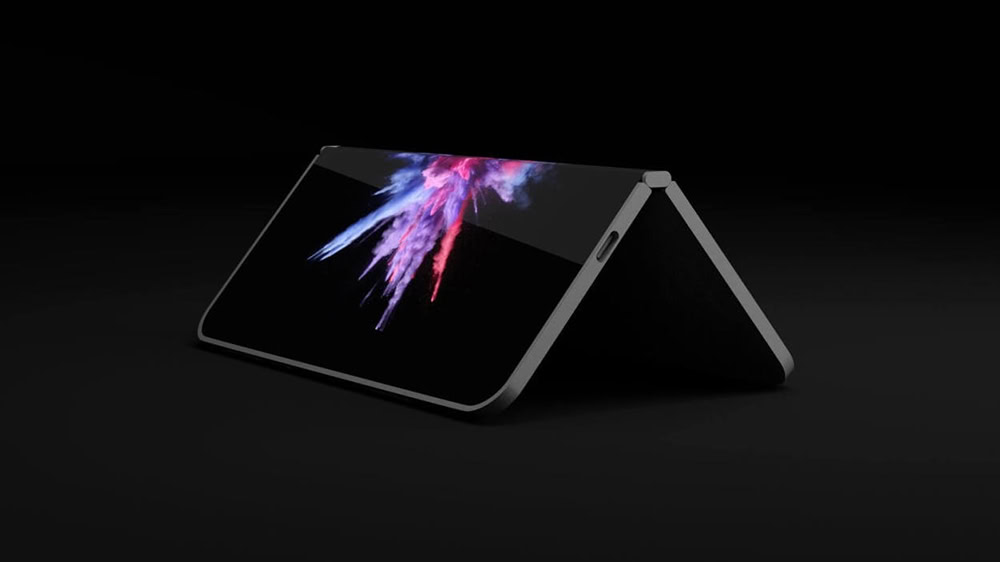
Between Microsoft’s Windows 10 Arm drive and chips capable of running full Windows 10, it looks like the company could finally deliver a full-fledged Windows handset (or foldable device). But why do that when Android and iOS devices have cornered the market?
Windows Central reckons Microsoft is taking the Surface approach and marketing the new device to a niche demographic at first, such as creators and enterprise workers. It’s a sensible move, but the company has an uphill battle on its hands if it’s hoping to sell more than a few units. Having a PC in your pocket is a great idea, but if the phone portion doesn’t hold up, what’s the point?
If the company’s new device does indeed run full-fledged Windows 10, the infamous app gap shouldn’t matter as much. After all, there are legacy apps and full web browsers available, and they should run faster with new silicon from Qualcomm. But how will these apps and services translate to a phone form factor? And will Microsoft resume its push for universal apps with the new device?
I refuse to hold my breath for this mythical device, lest Microsoft decides to dunk my head underwater again. But, if ever there was an opportunity for a Windows Phone device or hybrid phone/tablet running Windows 10, this is it. It won’t threaten Android and iOS at all, but the puzzle pieces are finally here now. The real question is what kind of picture will emerge when all the pieces are together…
Thank you for being part of our community. Read our Comment Policy before posting.